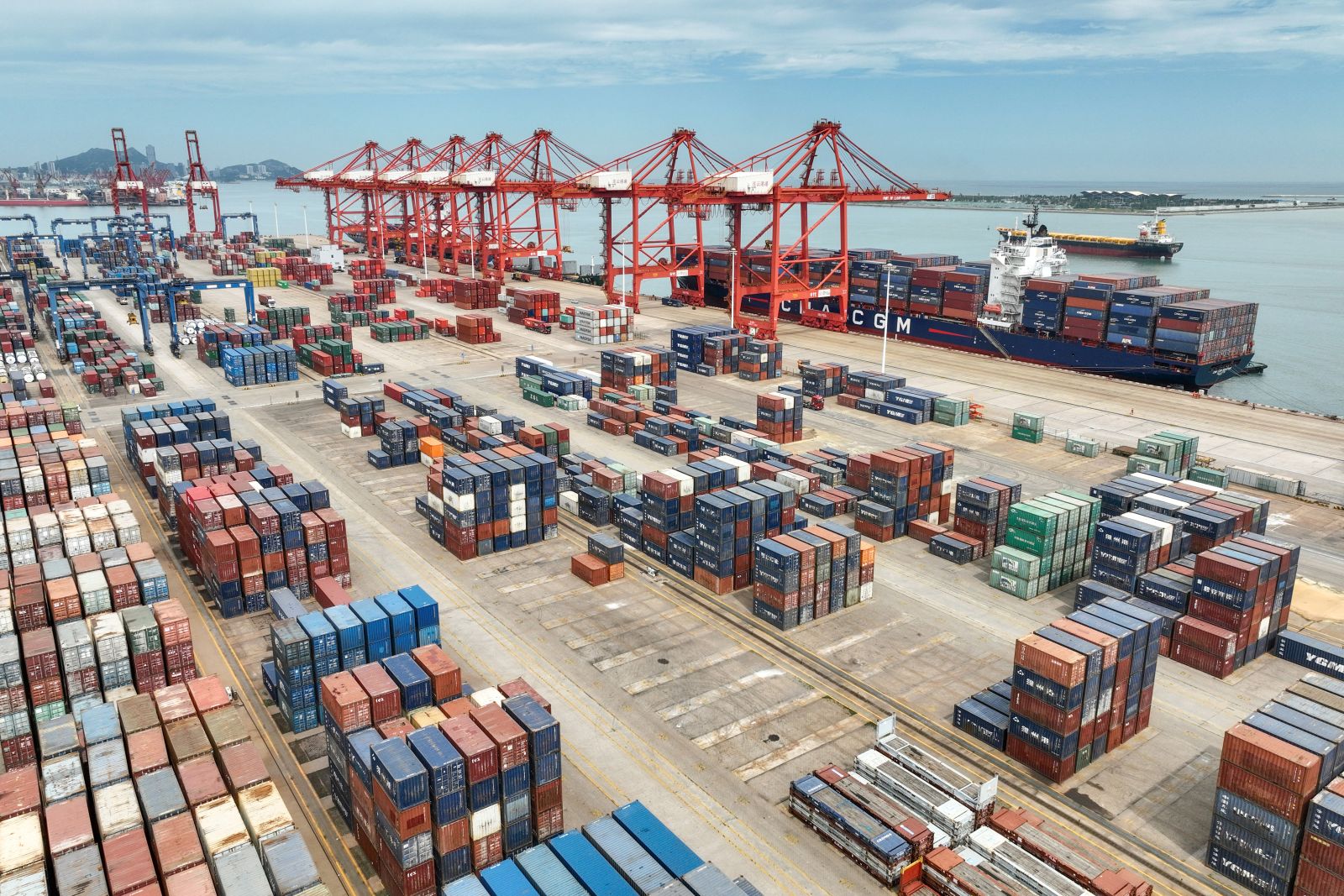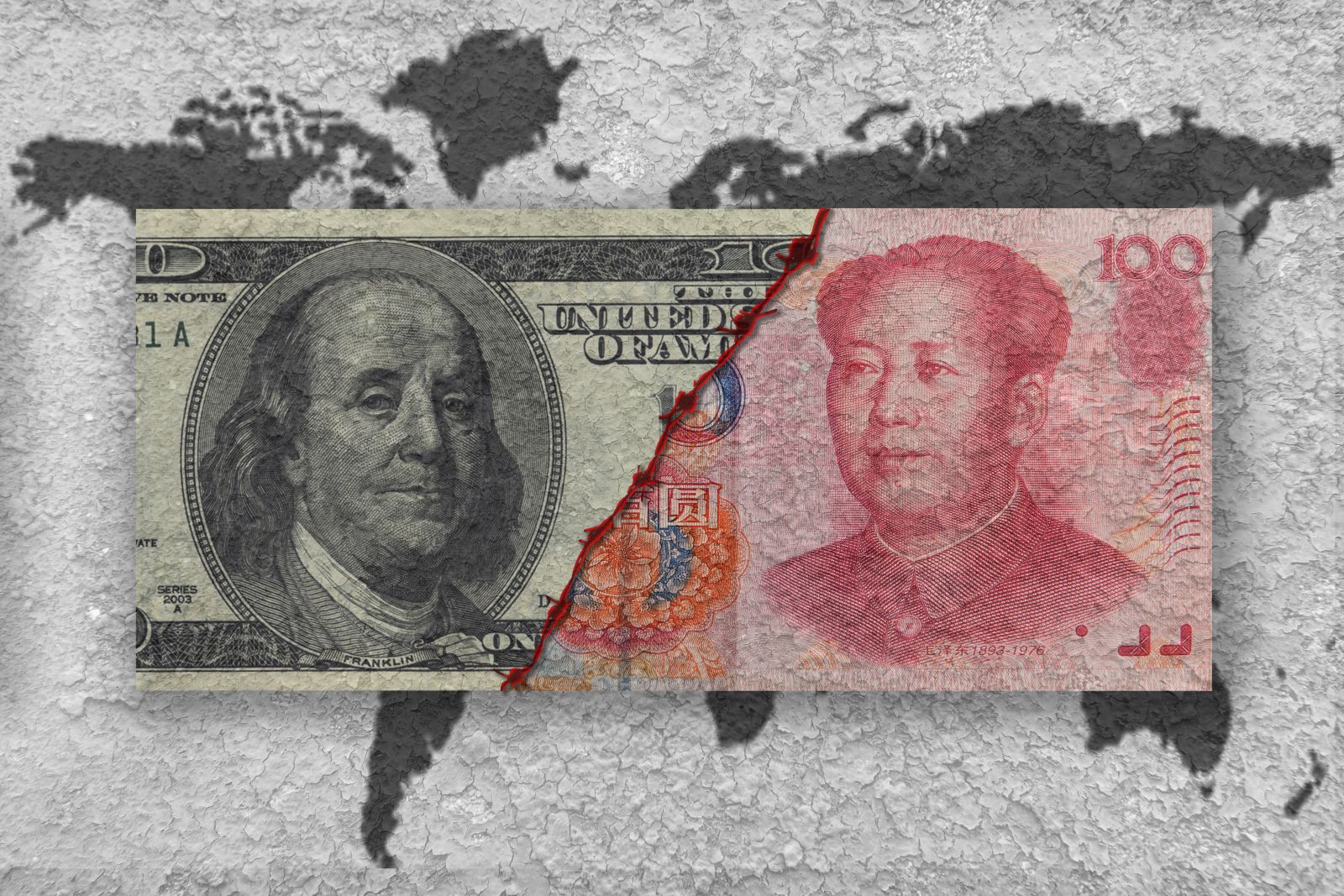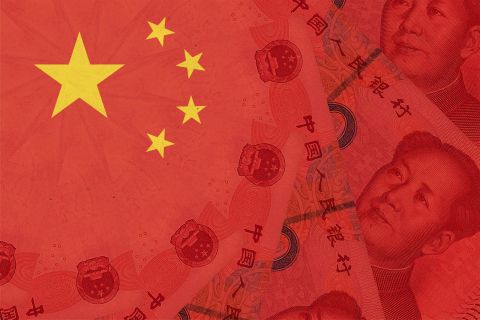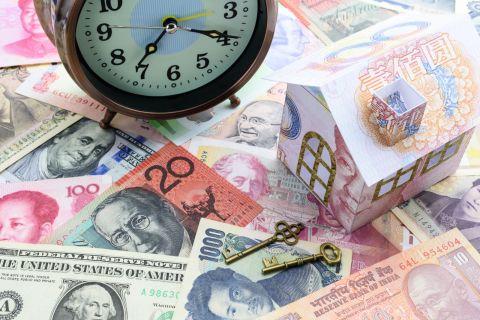Central bank of China cut interest rates for 1-year loans, pinned 5-year rates
ALBAWABA – The central bank of China cut interest rates to counter faltering demand both in domestic and export markets as the struggle to recuperate from the post-pandemic slowdown continues.
In an attempt to boost faltering post-Covid growth in the world's second-largest economy, the central bank of China cut interest rates for one-year loans and pinned 5-year loan rates as is, news agencies reported.
The one-year prime rate is the benchmark for corporate loans, according to Agence France-Presse (AFP).
Although the central bank of China cut interest rates for corporate loans, from 3.55 percent to 3.45 percent, five-year loan rates were left unchanged. Even as domestic demand slows with the Yuan plummeting for the better part of a week.
China’s five-year loan prime rate (LPR) was left at 4.20 percent, Reuters reported.
Meanwhile, the yuan has lost nearly 6 percent of its value against the dollar so far this year and is one of the worst-performing Asian currencies.
The central bank of China cut interest rates for 1-year loans to encourage commercial banks to grant more loans at more advantageous rates, according to AFP.

China’s economy is under pressure by labour market challenges, sluggish global demand for Chinese goods and weakening demand domestically, as both imports and exports plummeted in recent months.
Concern is mounting that the economy will fall into deflation, especially in light of financial troubles in the real estate sector and the disappointing July economic data released last week.
Several leading property developers are on the verge of bankruptcy and struggling to complete projects, Agence France-Presse (AFP) reported, and unemployment has reached new highs.
The People's Bank of China met with executives from banks and financial institutions Friday to discuss boosting demand by facilitating more loans.
Central bank of China cut interest rate but markets expected more
Financial regulators agreed on the need for "financial support", while avoiding "risks and hidden dangers", state media reported.
“The underwhelming LPR announcement strengthens our view that the PBOC is unlikely to embrace the much larger rates cuts that would be required to revive credit demand,” Julian Evans-Pritchard, Capital Economics’ head of China, wrote in a note, as reported by CNBC.
Analysts polled by Bloomberg expected a bigger cut to the loan rate following the Friday meeting.
In a note following the Monday announcement, Goldman Sachs economist Maggie Wei described the LPR cut as "disappointing", adding that it "would not help with building confidence" as Chinese authorities pursue economic recovery, according to AFP.
The move "can even backfire if market participants interpret these easing measures as policymakers' unwillingness to deliver even moderate policy stimulus", Wei wrote.

On the other hand, traders appeared unimpressed with the move, with Hong Kong stocks down 1.4 percent and Shanghai off 0.6 percent, as reported by AFP.
In the latest Reuters poll of 35 analysts, all participants predicted cuts to both rates. The 0.1 percent cut in the one-year rate was smaller than the 0.15 percent cut expected by most poll respondents.
"Probably China limited the size and scope of rate cuts because they are concerned about downward pressure on the yuan," Masayuki Kichikawa told Reuters, chief macro strategist at Sumitomo Mitsui DS Asset Management.
"Chinese authorities care about currency market stability," Kichikawa said.
Most new and outstanding loans in China are based on the one-year LPR, while the five-year rate influences the pricing of mortgages, according to Reuters.
Notably, China cut both LPRs in June to boost the economy.
The onshore yuan eased in early trade to 7.3078 per dollar, compared with the previous close of 7.2855, while benchmark Shanghai Composite index and the blue-chip CSI 300 index also declined.









